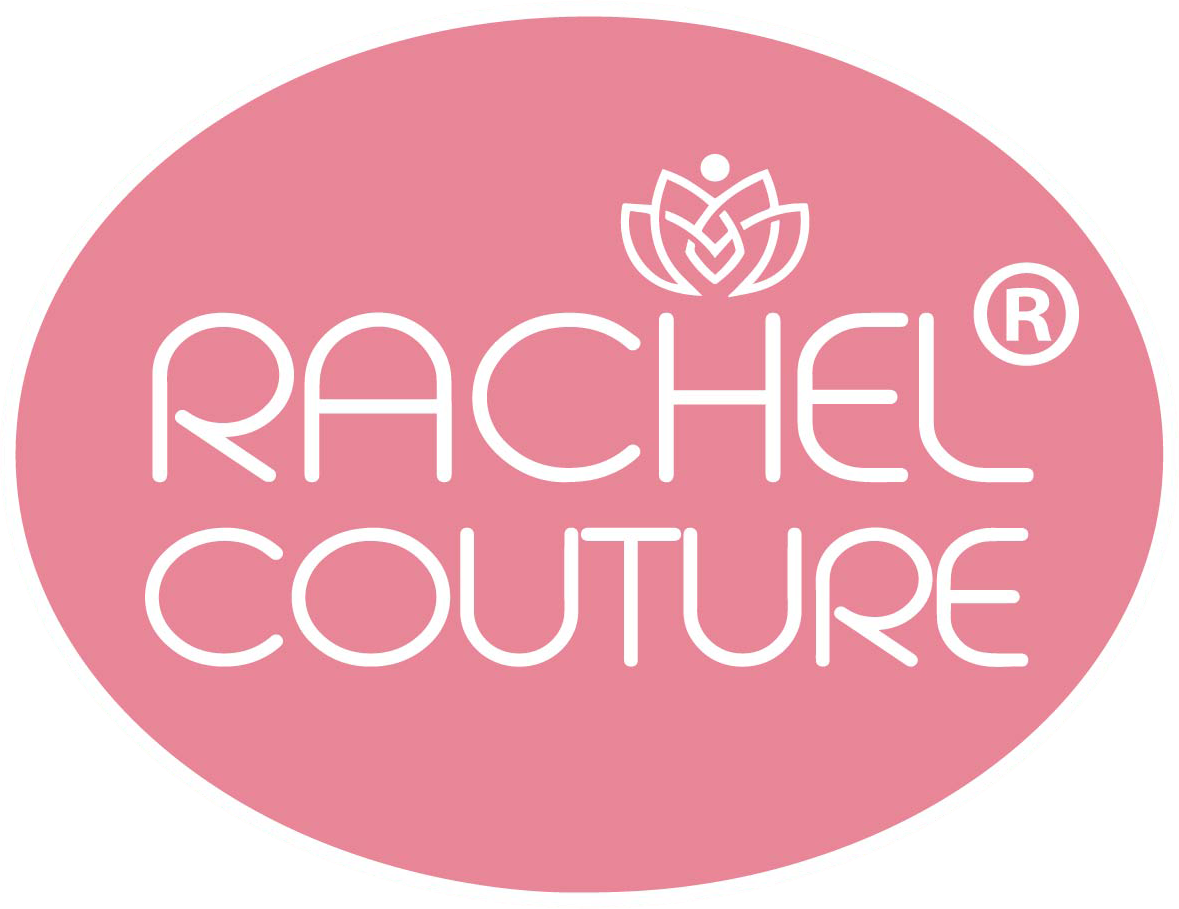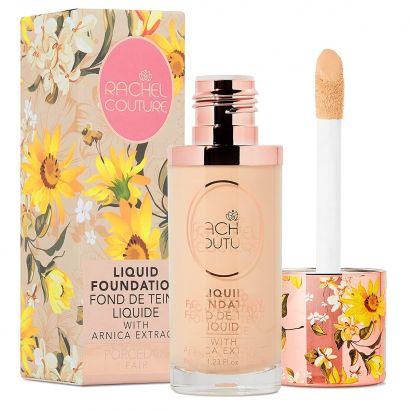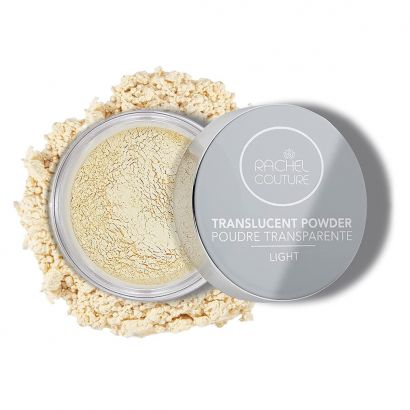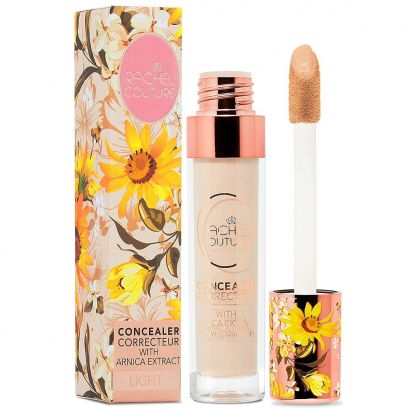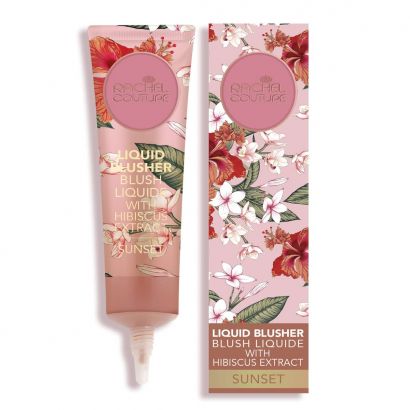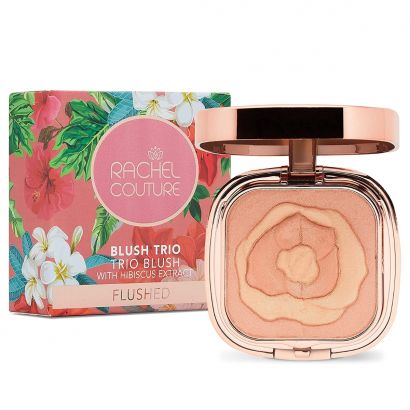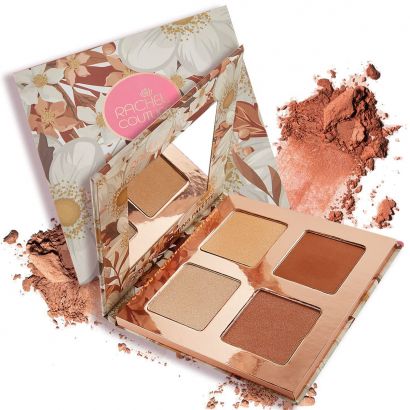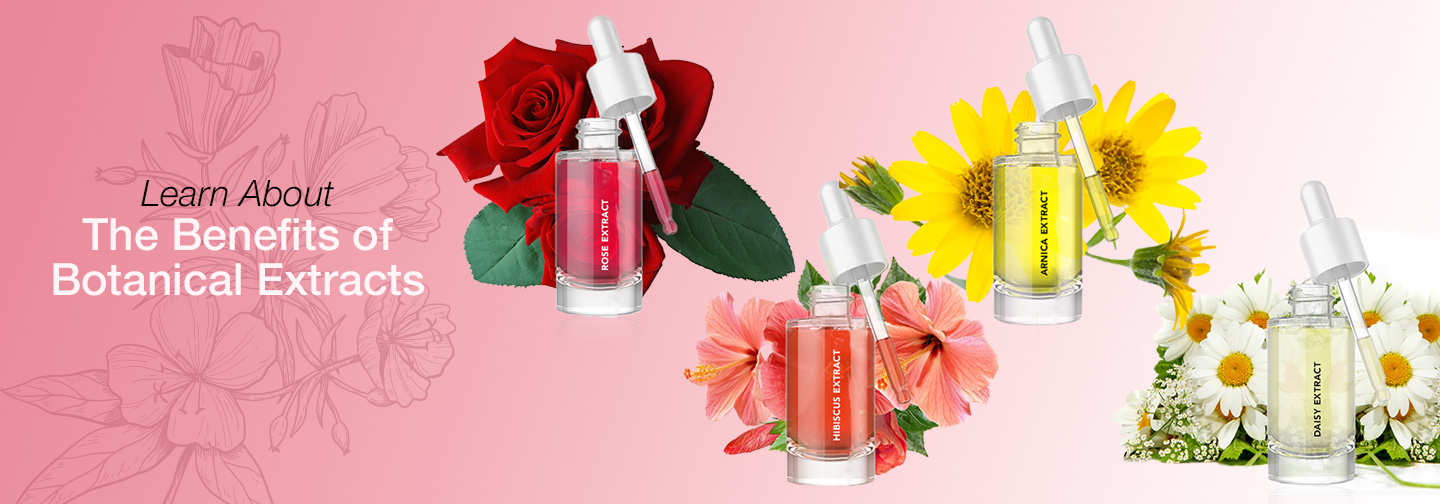
When to Use Setting Powder: A Guide to Flawless, Long-Lasting Makeup
Setting powder is a makeup staple that can transform the look and longevity of your makeup. Whether you want to control shine, lock in your foundation, or achieve a smooth, matte finish, knowing when and how to use setting powder is key to elevating your beauty routine. Here’s a guide to help you understand when to reach for this versatile product.
1. After Applying Liquid or Cream Foundation
One of the most common uses of setting powder is after applying liquid or cream foundation. Foundation provides a base layer, but it can sometimes leave a dewy or tacky finish. Setting powder helps to "set" the foundation, ensuring that it stays in place throughout the day. This is especially important if you're going for a long-lasting makeup look.
When to use it:
- If your foundation feels sticky or wet after application
- If you have oily skin and want to mattify your base
- If you want to prevent your foundation from moving or creasing throughout the day
2. To Control Shine on Oily Skin
Oily skin can cause makeup to break down faster and leave your face looking shiny, especially in areas like the T-zone (forehead, nose, and chin). Setting powder absorbs excess oil and keeps your skin looking matte for longer periods. It's particularly useful for touch-ups throughout the day.
When to use it:
- After applying foundation, or on bare skin if you're skipping foundation
- Midday when your T-zone becomes shiny
- When you want to reduce the appearance of pores and control oil
3. To Bake Under the Eyes
Baking is a popular makeup technique where you apply a generous amount of translucent setting powder to areas like under the eyes and leave it on for a few minutes before dusting it off. This helps set concealer, prevent creasing, and brighten the area for a flawless finish.
When to use it:
- After applying concealer under the eyes
- When you want a smooth, crease-free under-eye area
- To brighten the skin in targeted areas, such as the forehead, nose, or chin
4. To Lock in Cream Blush or Highlighter
If you use cream-based blushes or highlighters, setting powder can help lock them in place. Cream formulas can sometimes shift or fade throughout the day, so a light dusting of powder will ensure that your color stays vibrant and your glow remains intact.
When to use it:
- After applying cream blush or highlighter
- When you want a longer-lasting, more defined finish to your blush or highlight
5. To Avoid Creasing in Fine Lines
If you have mature skin or are prone to creasing in areas like around the mouth or forehead, setting powder can help smooth over those lines. By lightly setting these areas, you can reduce the appearance of fine lines and prevent makeup from settling into them.
When to use it:
- After applying foundation and concealer in areas prone to creasing
- When you notice makeup settling into fine lines and want a smoother finish
6. For a Photo-Ready Finish
Setting powder can be a game-changer when you’re getting ready for an event where photos will be taken. It helps blur imperfections, reduces shine, and ensures your makeup stays intact under bright lights or flash photography.
When to use it:
- Before taking photos or attending an event where you’ll be photographed
- After applying your entire makeup look for a polished, photo-ready finish
7. As a Primer for Eyeshadow
Did you know setting powder can double as a primer for your eyeshadow? If you don’t have an eyeshadow primer on hand, a light dusting of setting powder on your eyelids can help absorb any oil and create a smooth canvas for your eyeshadow to adhere to.
When to use it:
- Before applying eyeshadow, to help colors blend smoothly and stay in place longer
- When your eyelids are oily and you want to prevent creasing
Tips for Using Setting Powder
Choose the right powder: If you have dry skin, opt for a lightweight, finely milled powder that won’t emphasize texture. If you have oily skin, go for a mattifying powder that can control shine.
Use a fluffy brush or damp sponge: For a light, even application, use a fluffy brush to dust powder over your face. For more targeted setting, like under the eyes, use a damp sponge to press the powder into the skin.
Less is more: Avoid using too much powder, as it can make your makeup look cakey. Start with a small amount and build up if needed.
